I first encountered Victor Riley, grandson of the founder of the eponymous British car firm, during attempts on the flying start quarter-mile and 500-metre speed records by a 1935 Riley Nine Kestrel at Elvington race track last year. Yes, you read that correctly: a 1935 Riley Nine Kestrel.
Owned and sponsored by Kestrel Beer (naturally), it was powered not by the 8.9bhp four-cylinder engine that Victor’s Uncle Percy designed and with which it left the factory but instead by a turbocharged 2.5-litre five-cylinder engine from an Audi RS3 producing, following some serious tweakery, 900bhp.
Of course, as with all high-speed endeavours, power isn’t everything: aerodynamics matter, too. Unfortunately, apart from being strengthened in key places and being fitted with larger dished wheels, powerful disc brakes and all the necessary safety kit, the record car looked very like an original Nine Kestrel. As a result, on its first official run, as it hit 110mph, its front end became lighter, causing it to weave uncontrollably until – disaster! – it careered off the track and rolled several times.
Fortunately, its driver and designer, Jon Webster, a legendary engineer in the modification world, was unhurt. But the experience persuaded everybody of the need to make the car more aerodynamic before attempting the record again.
Some months later, following much work, including a day in the MIRA wind tunnel, the team gathered at Elvington once more. Now wider, lower and smoother and fitted with one half of an Audi Quattro system plus a sequential gearbox, the Riley looked and felt very different.
More importantly, it became a record-breaker. Over the course of the day, it broke the record for the fastest standing start half-mile by over one second with a speed of 159.638mph. It also established six speeds for new classes and at one point reached a top speed of 169mph.
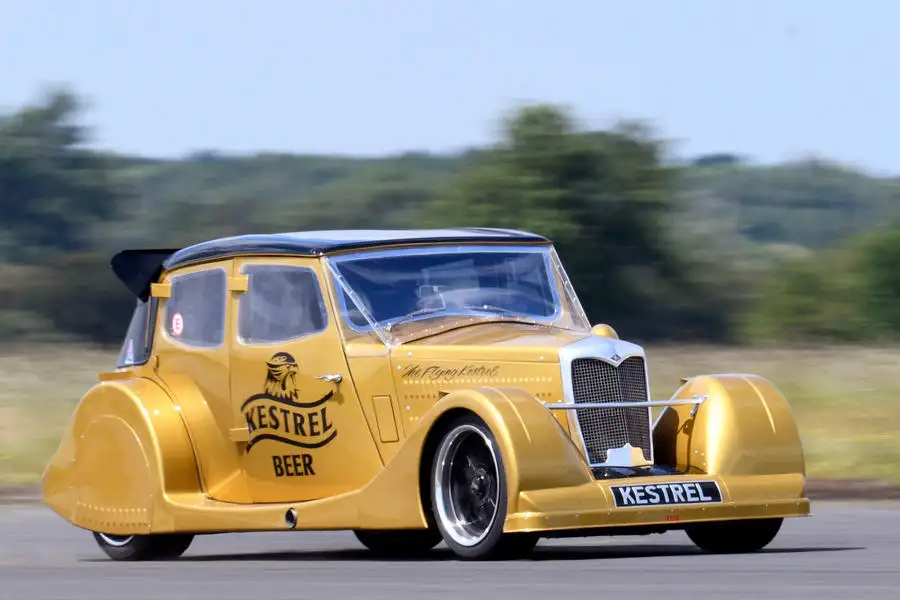

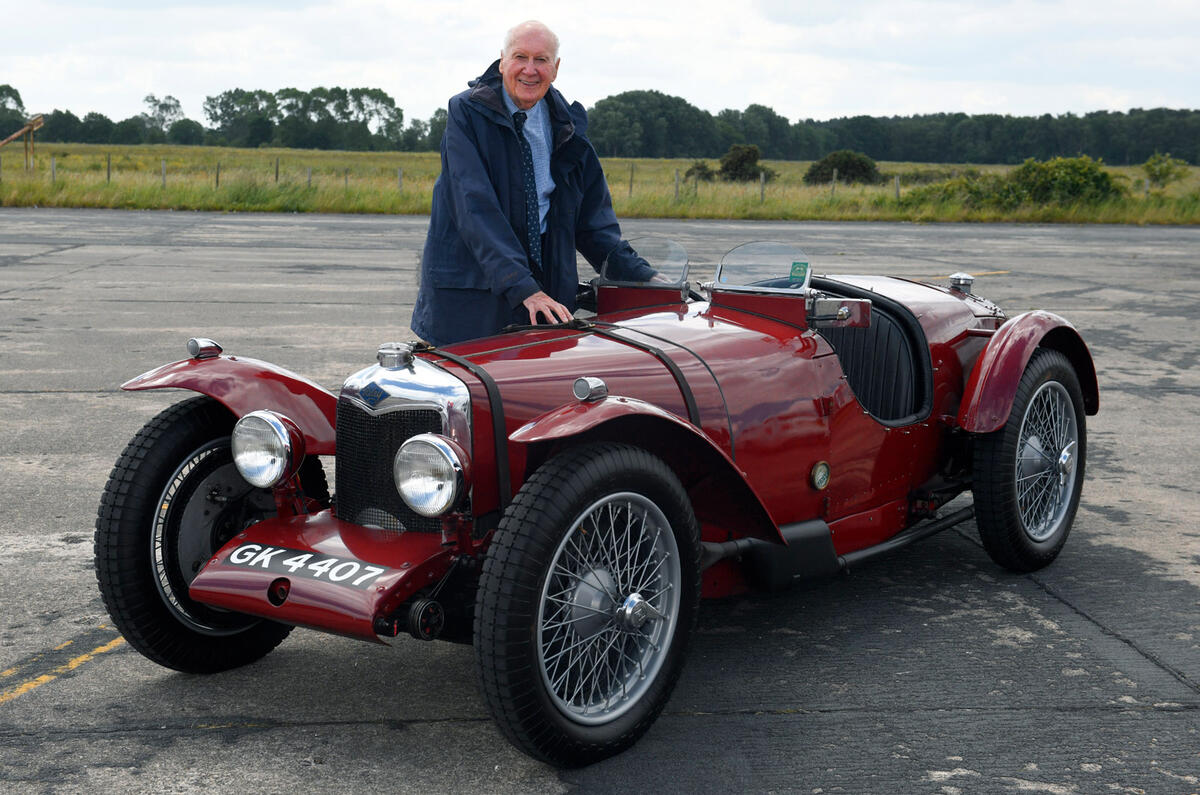
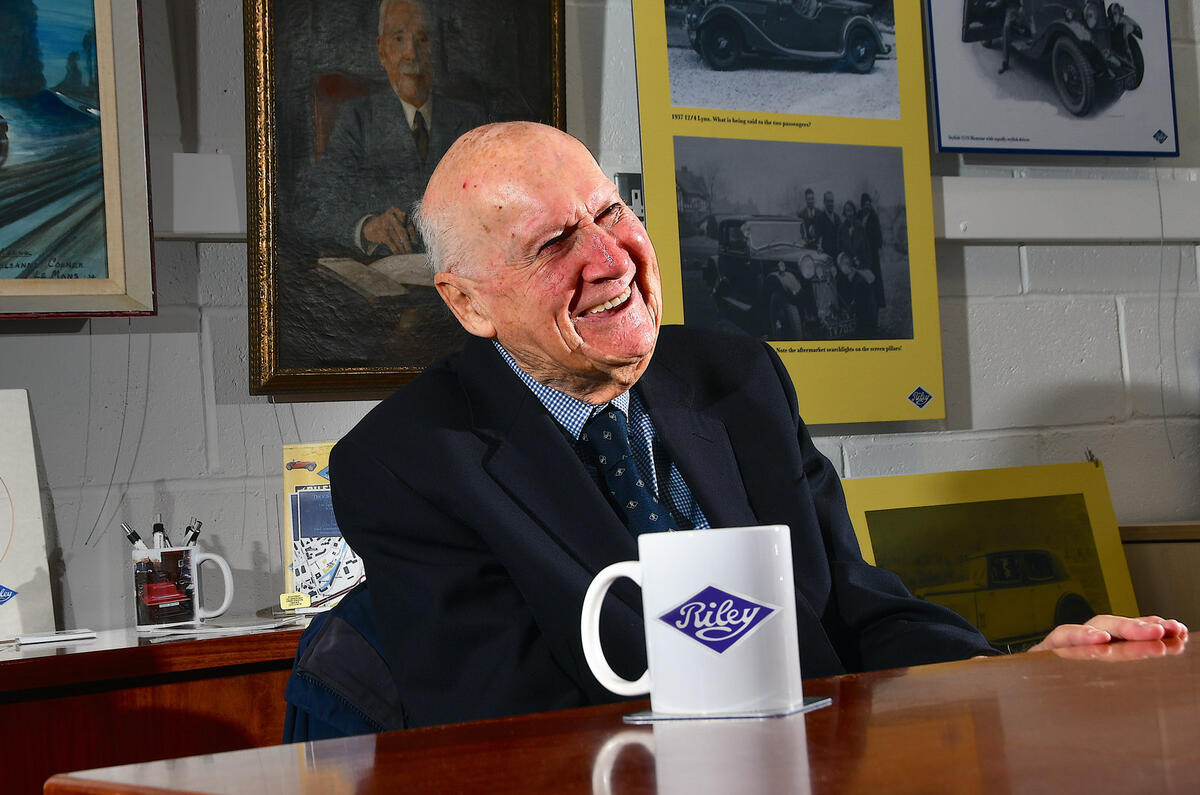
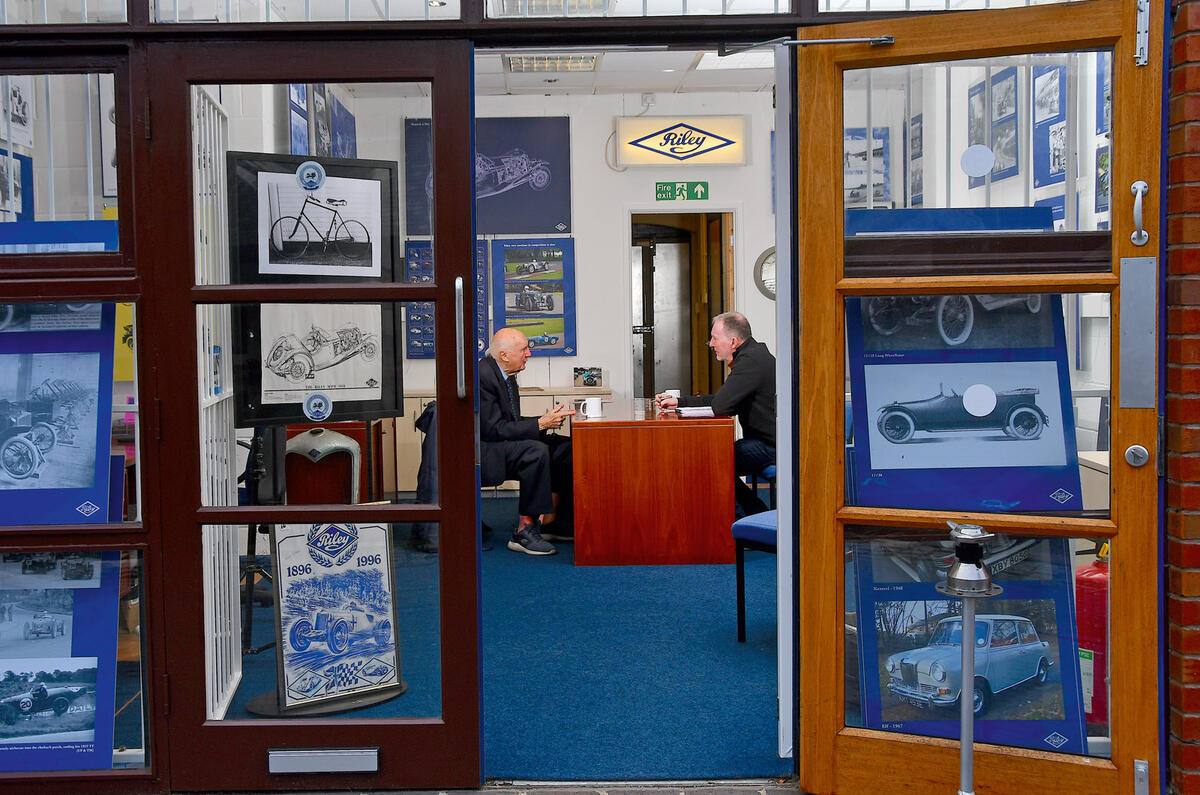
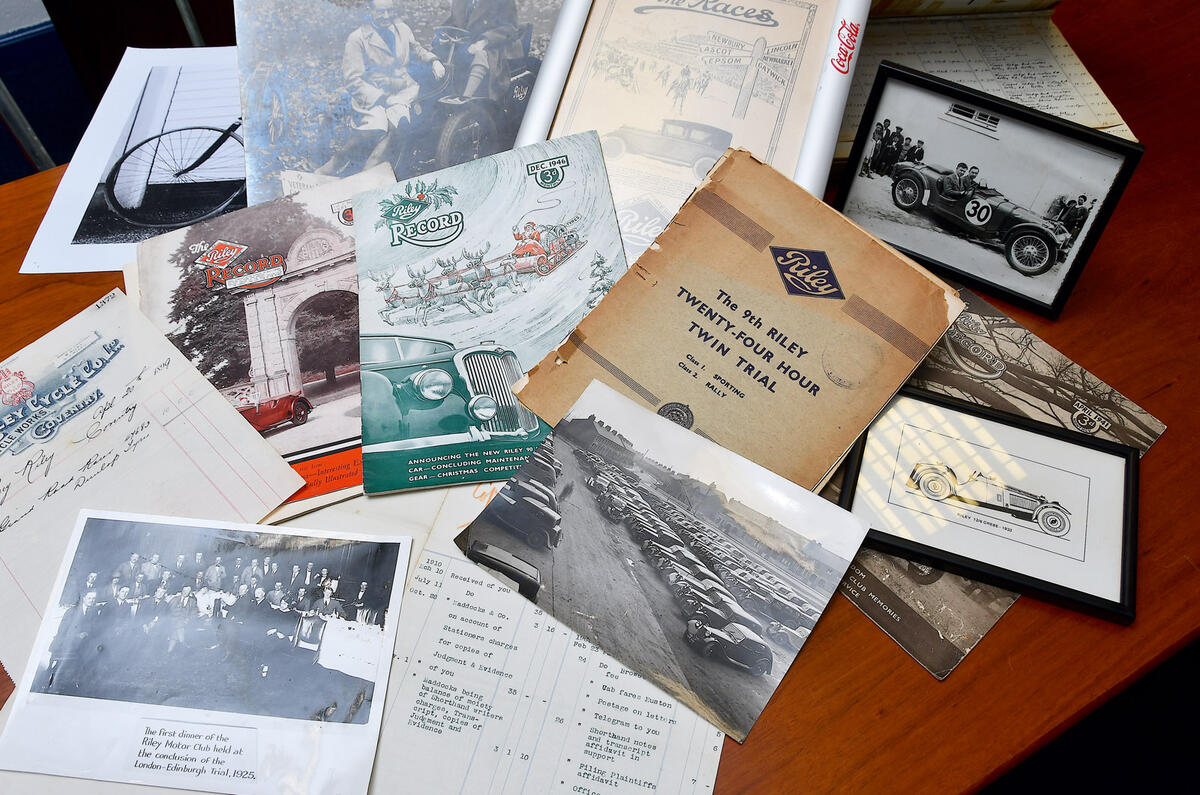
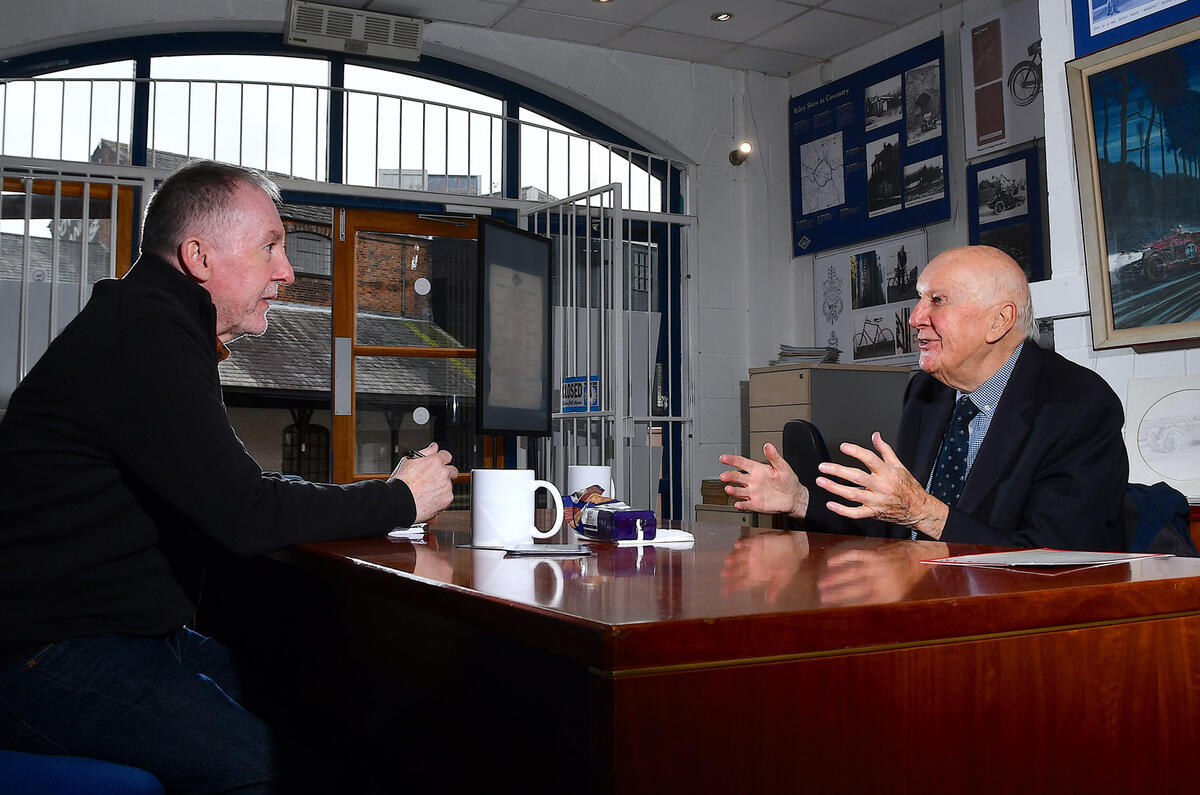

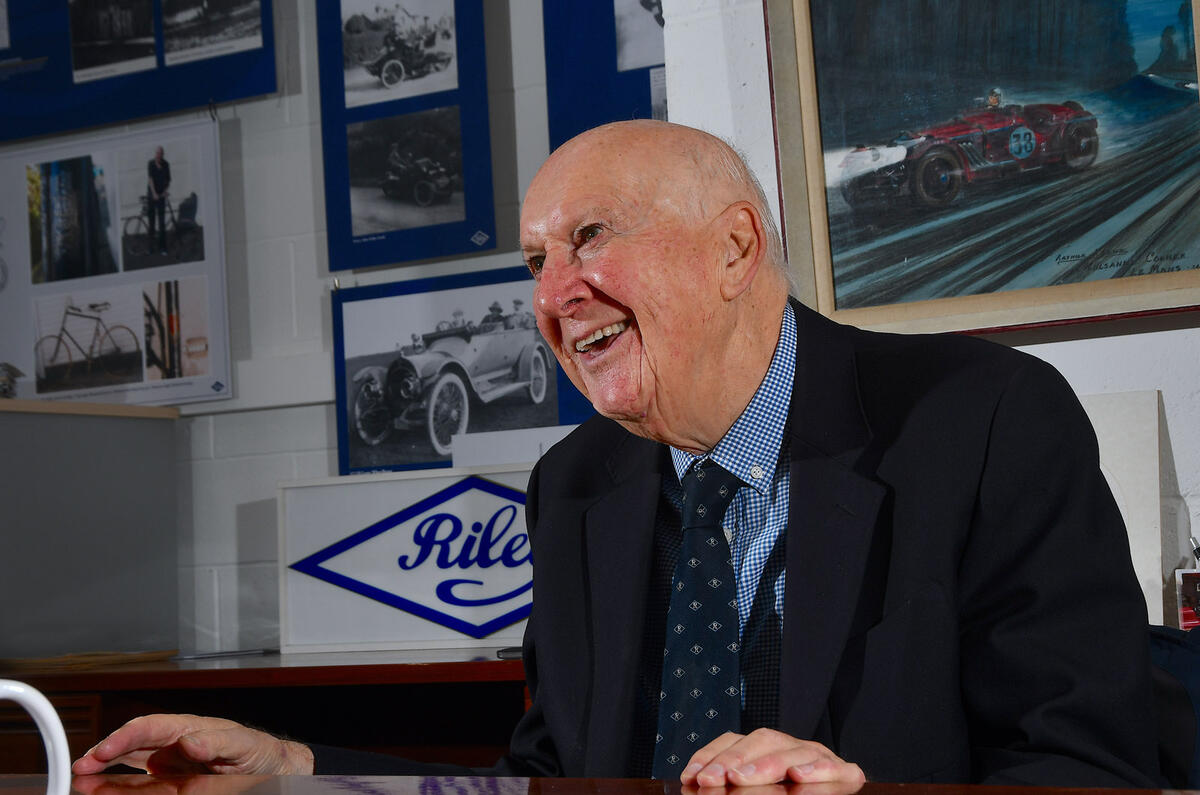

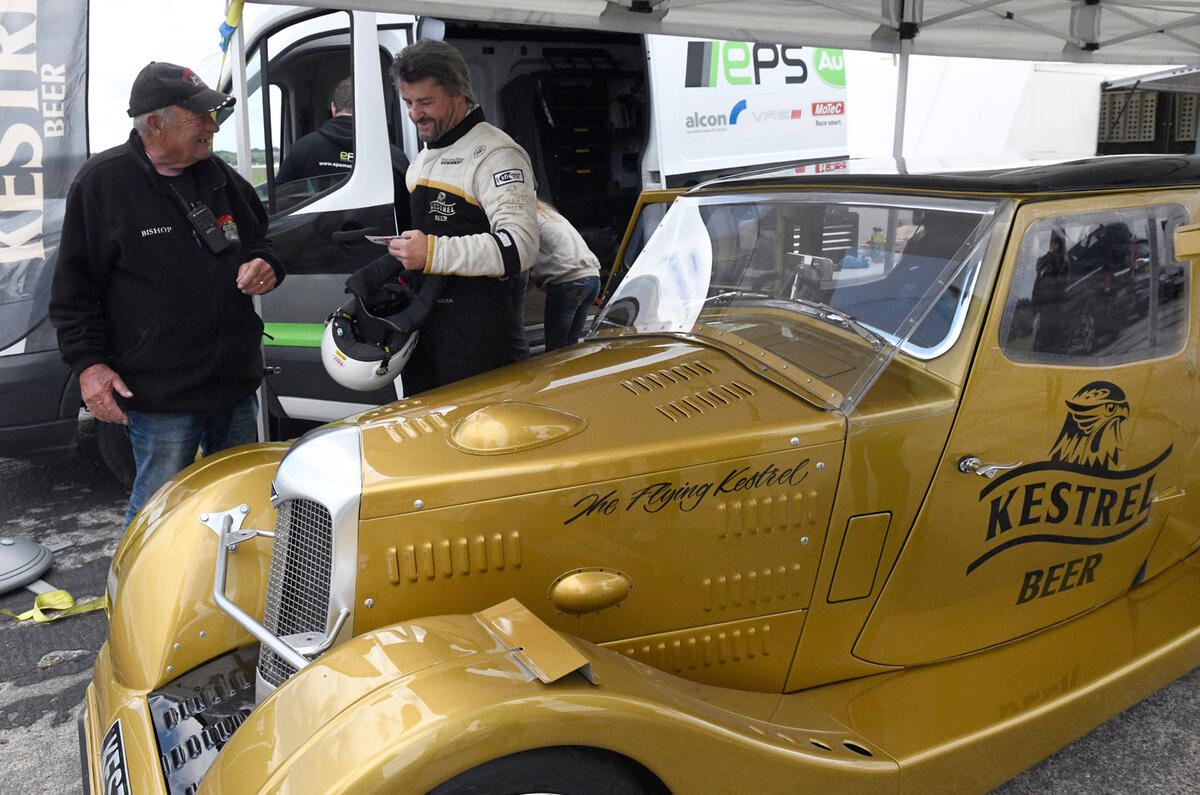
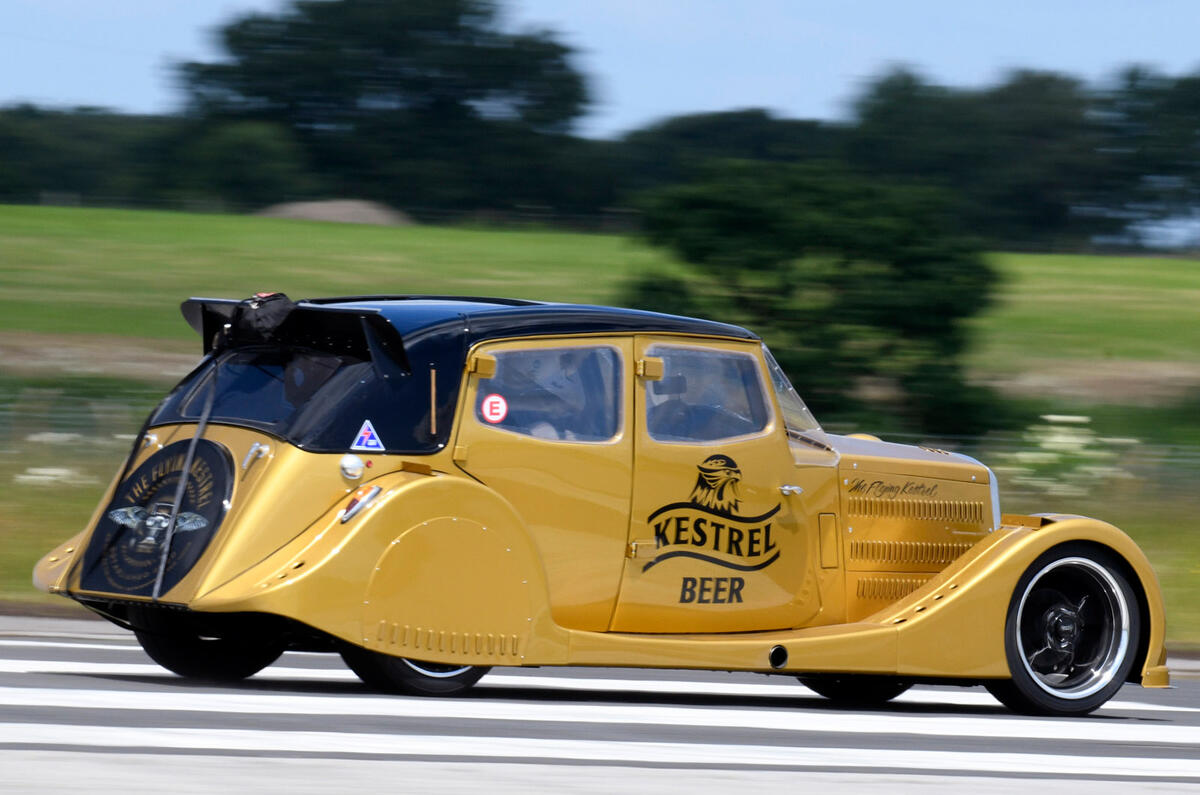
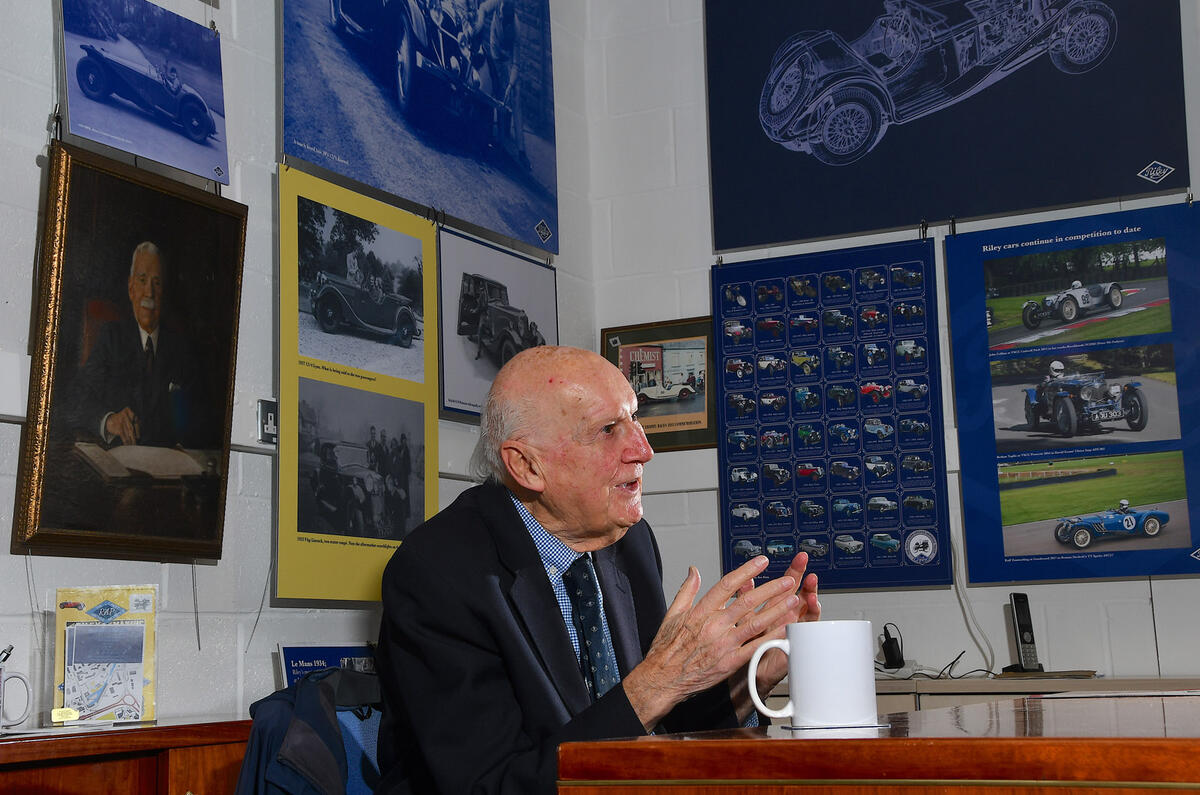
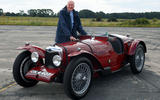
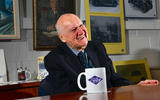
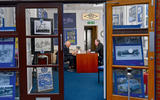

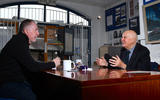
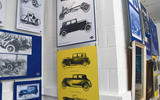
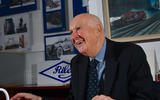
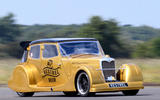
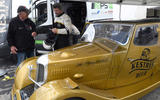
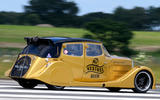
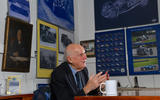

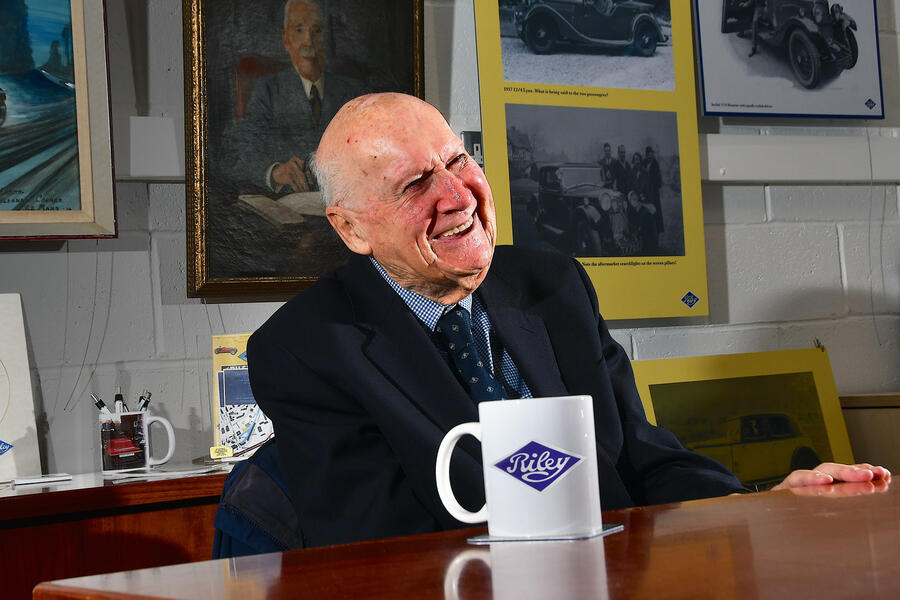
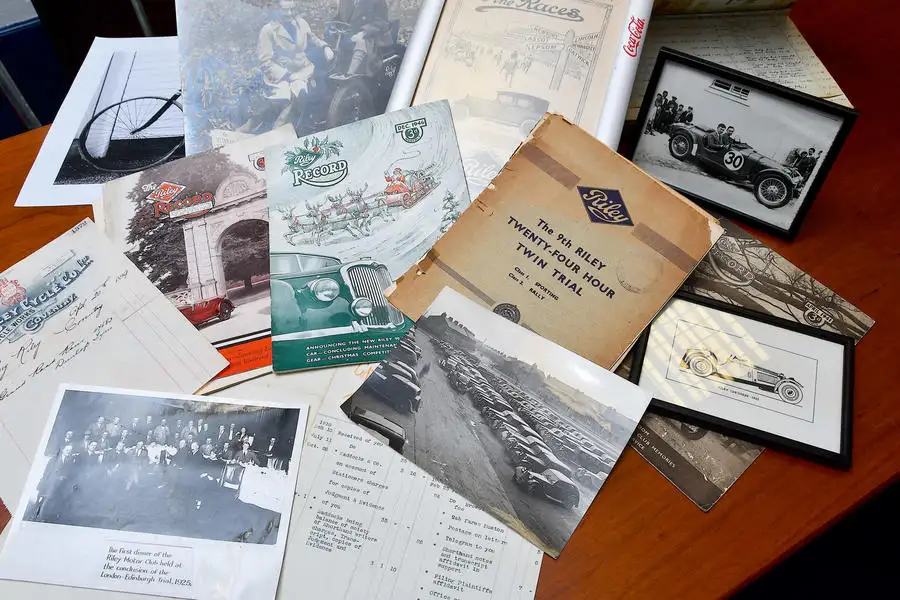

Join the debate
Add your comment
Correction: the Riley 9 Kestrel had about 40 bhp. My father had one in the '50s. YD9797, where are you now?
The power of the original engine quoted in the article Is tax or RAC hp. The actual peak power was 50 - 55 bhp. Tax horsepower was based on the diameter and number of cylinders only, so to minimise tax engines were designed with very long strokes. Good for torque and efficiency, not so good for max rpm and power.
Might be worth pointing out that part of the original Riley company remains as the marine gearbox/off highway transmission manufacturer PRM Newage. BMW missed an opportunity to develop/reintroduce an upmarket British sporting/touring brand like they did with Rolls Royce and Mini, even if just doing a Toyota/Subaru and Mazda/Fiat in mildly reskinned Z4's, etc, but Riley might not mean much to car buyers these days.